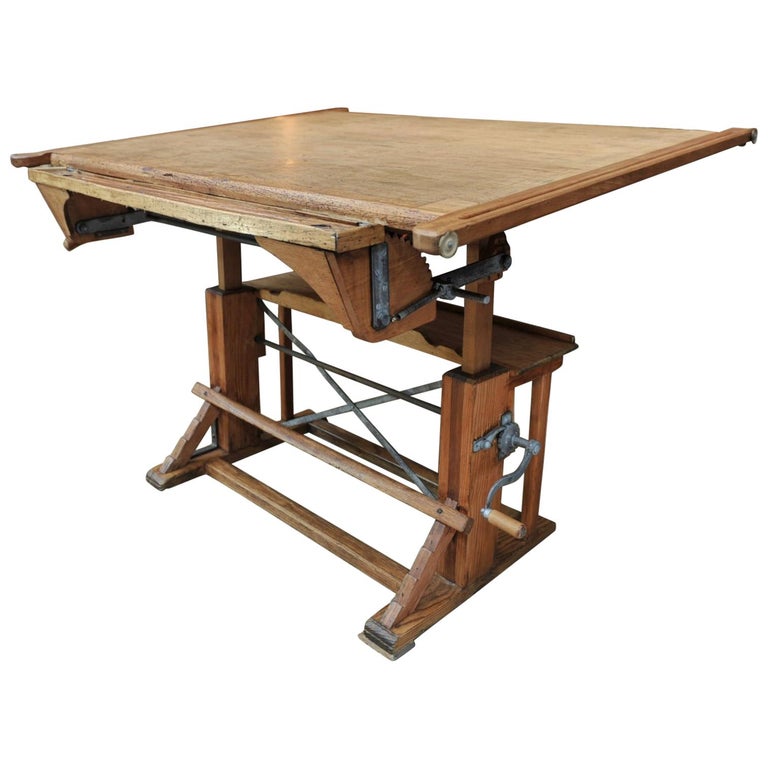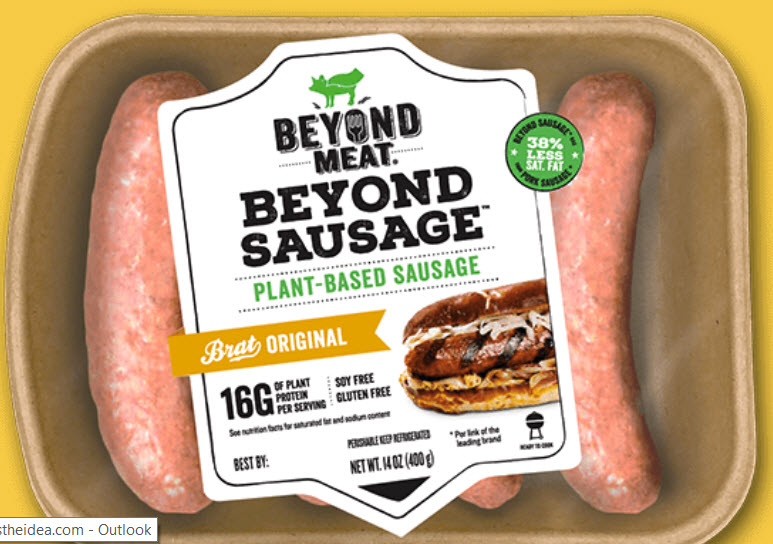Brand Design
 What I do for a living is Brand Design. Not with a color palette or artist’s eye, but with words, deeds and strategy. Building an infrastructure upon which strong, powerful brands are built is the collective goal. Only when the infrastructure is solid does it make sense to start fueling the commerce engine.
What I do for a living is Brand Design. Not with a color palette or artist’s eye, but with words, deeds and strategy. Building an infrastructure upon which strong, powerful brands are built is the collective goal. Only when the infrastructure is solid does it make sense to start fueling the commerce engine.
Midtown, NY is one of the easiest megalopolises in the world to navigate because it was designed. It uses a grid system with numbers and compass points to help people find their way. Greenwich Village, on the other hand, is laid out with curves and bends and family names and nary a navigational design element to be found. It’s like it was pasted together with available parts one year at a time.
Many people in the startup world today, especially those without B-school educations, begin their quest with a product and Google. A search consultant will cast a net into the ether, filled with random search words, looking to see what comes back. Efficiency and cost per click do not a brand or business build.
It takes a plan. And brand design is an elegant and savvy place to begin.
Peace.






